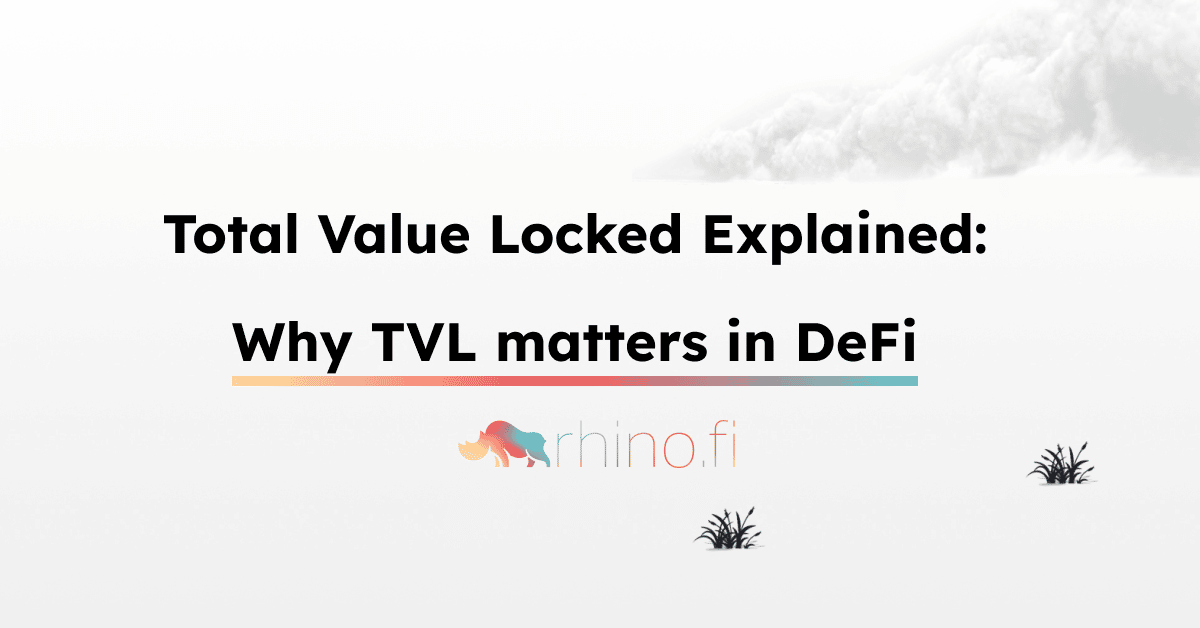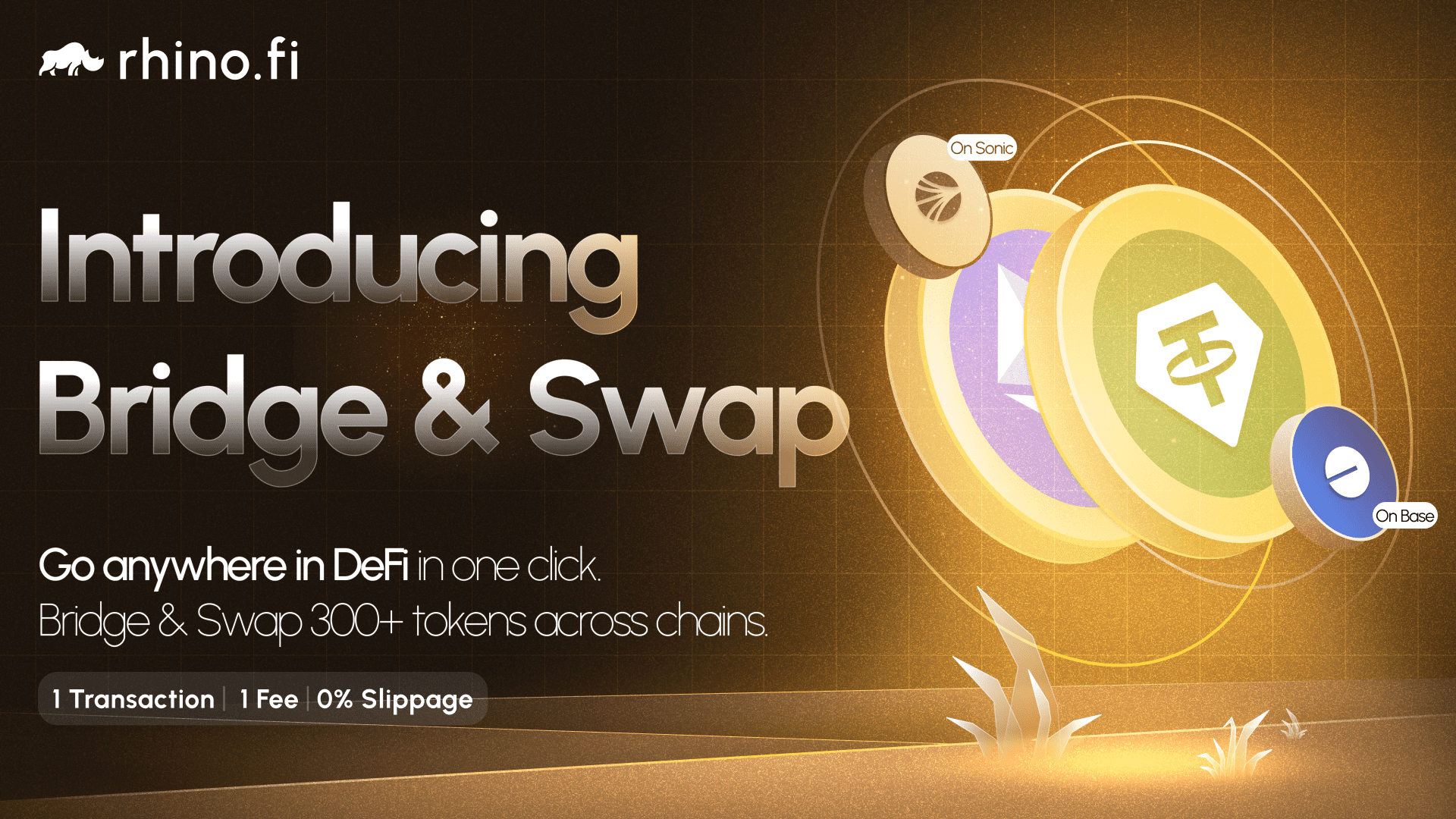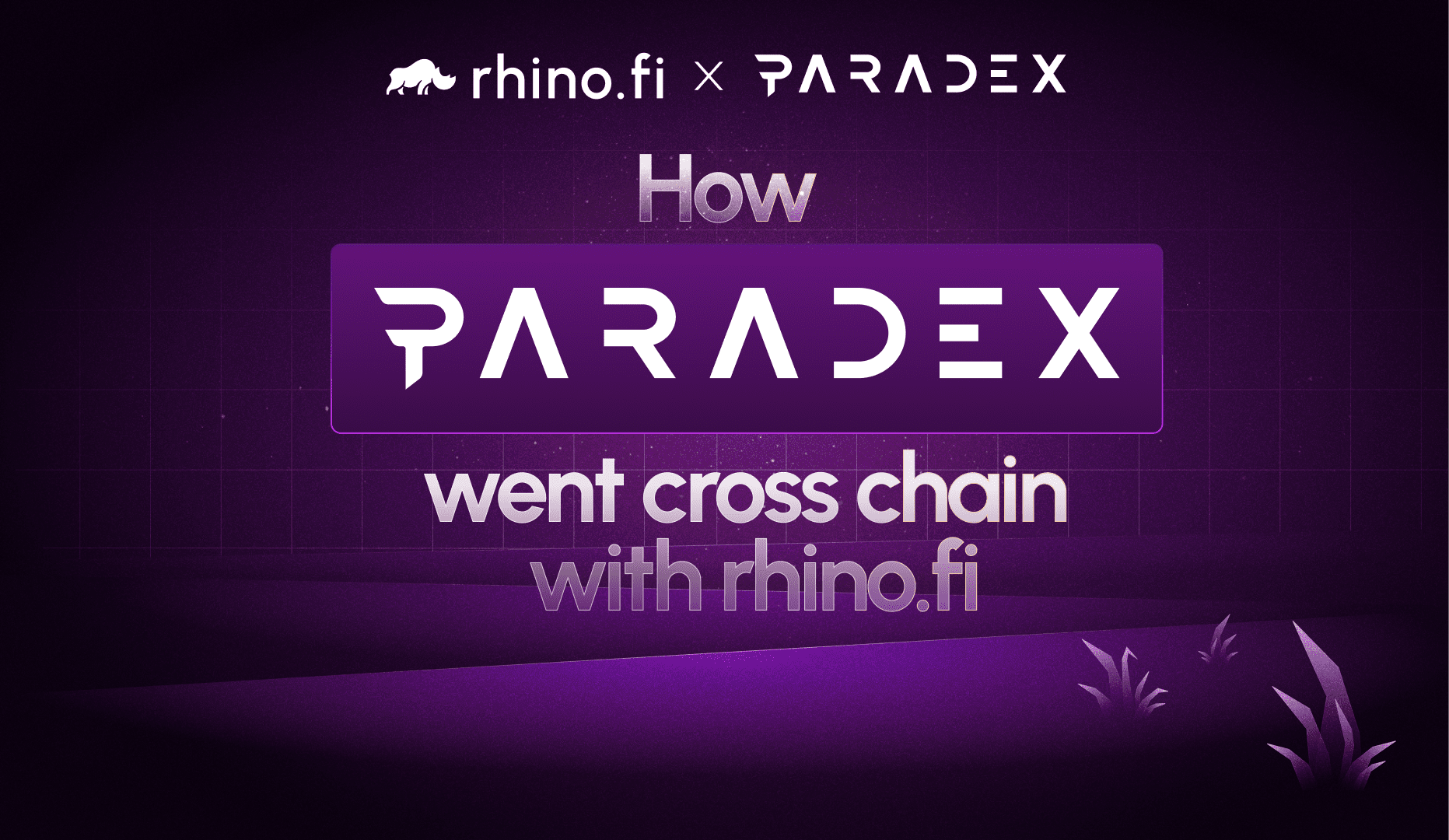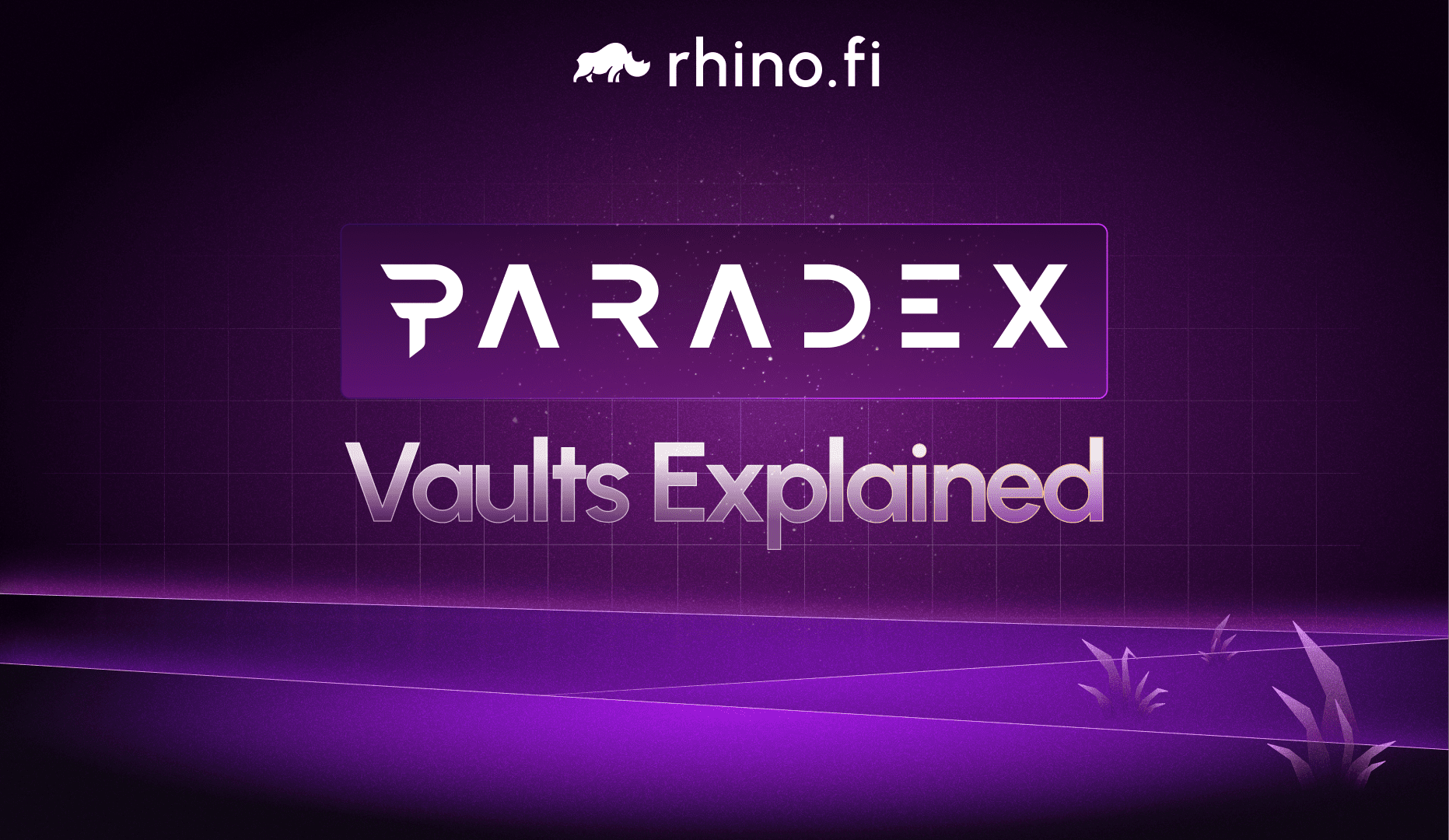If you’re still getting used to life on the block, you’ve probably asked yourself (or someone else) the question: what is total value locked?
In DeFi, it’s a term that comes up time and again, and it’s been in the news following the revelation that Tornado Cash’s TVL jumped nearly 50% in the month before it was sanctioned by the U.S. Government.
In fact, it’s fundamental to the way we gauge the health of a project and the fair valuation of its token. So we thought it’d be nice to dedicate an entire RhinoLearn post to the topic,
Ok, so what is TVL in everyday terms?
TVL essentially represents the total value of all the crypto assets that are locked into a protocol’s smart contracts.
Smart contracts, if you’re not familiar, are the building blocks of DeFi. They’re the code-based rules that run on programmable blockchains like Ethereum. They operate on an ‘if>then’ basis, so if a user performs a specific reaction, the blockchain gives a corresponding output (we’ve got a whole explainer if you’d like to take a look).
When interacting with a protocol like rhino.fi, a user will use a smart contract to perform any of the following actions:
- Swap
- Trade
- Invest
- Lend
- Borrow
- Stake
- Deposit
The smart contract is programmed to fulfil the user’s request provided specific conditions are met (for example, they have enough funds in their portfolio to cover the transaction). So they allow DeFi protocols like rhino.fi to provide financial services without the need for an old-fashioned intermediary.
When we calculate TVL, we add up the total value that users have deposited in smart contracts across all of these possibilities.
It’s important to note, at this point, that TVL does not include the value that users accrue from these activities (for example from an increase in the valuation of their portfolio or the yield they earn from a lending opportunity). It simply represents the value deposited initially.
However, TVL can rise and fall with the valuation of the protocol’s native asset. So if our asset, DVF, were to rise, then the TVL would rise too.
Why is TVL important?
TVL is relevant for all crypto’s stakeholders: traders, borrowers and investors.
For people who want to make swaps and trades, a rising TVL means there is more liquidity in the protocol, which means there is less chance of slippage (a shift between the initial price of our order and the price at which it’s eventually executed). The concept is particularly relevant for projects that host automated market makers, a form of trading which enables traders to buy from and sell into pre-filled liquidity pools. The more liquidity in these pools, the greater stability in their valuations.
For people who wish to lend their crypto tokens, TVL is a great way to gauge activity in a protocol. The higher the TVL, the greater the amount of activity. Because yields are often based on trading activity, this means lenders get higher returns for lenders.
Finally, TVL gives investors and commentators a great barometer of the health of a project. If TVL is rising, that’s a good indicator that the project has good developers, provides relevant use cases and is meeting the needs of the market.
Many people use a token’s market cap (the price of its token multiplied by the amount of tokens in circulation) to judge its health. However, this is a flawed way of looking at things: people may hold a token to trade or swap, without interacting with the protocol that’s underneath it.
TVL, in contrast, allows us to accurately assess the amount of interest in a protocol at any given time.
What is the total value locked in DeFi right now?
The total amount of TVL in DeFi fell sharply in the second quarter of 2022, although this was to be expected in the middle of a bear market, in which all forms of finance, both physical and digital, have taken a hit.
However we can expect this figure to rise again in the next few months, particularly with the release of Ethereum’s much-anticipated Merge, which will see the world’s biggest smart-contract blockchain move to a faster validation mechanism and solve many of the painpoints that have hampered DeFi adoption up to now.
So, in summary:
- TVL represents the value of all the assets locked in a protocol.
- This concept is based on smart contracts, which lock a user’s funds when they request specific functions.
- TVL is a great barometer of the health of a project, and of DeFi as a whole.
Ok, now you’ve answered the question ‘what is TVL’, how about boosting your knowledge even further? Check out our explainer on staking versus trading, which gives a detailed view of some of the functions enabled by smart contracts





